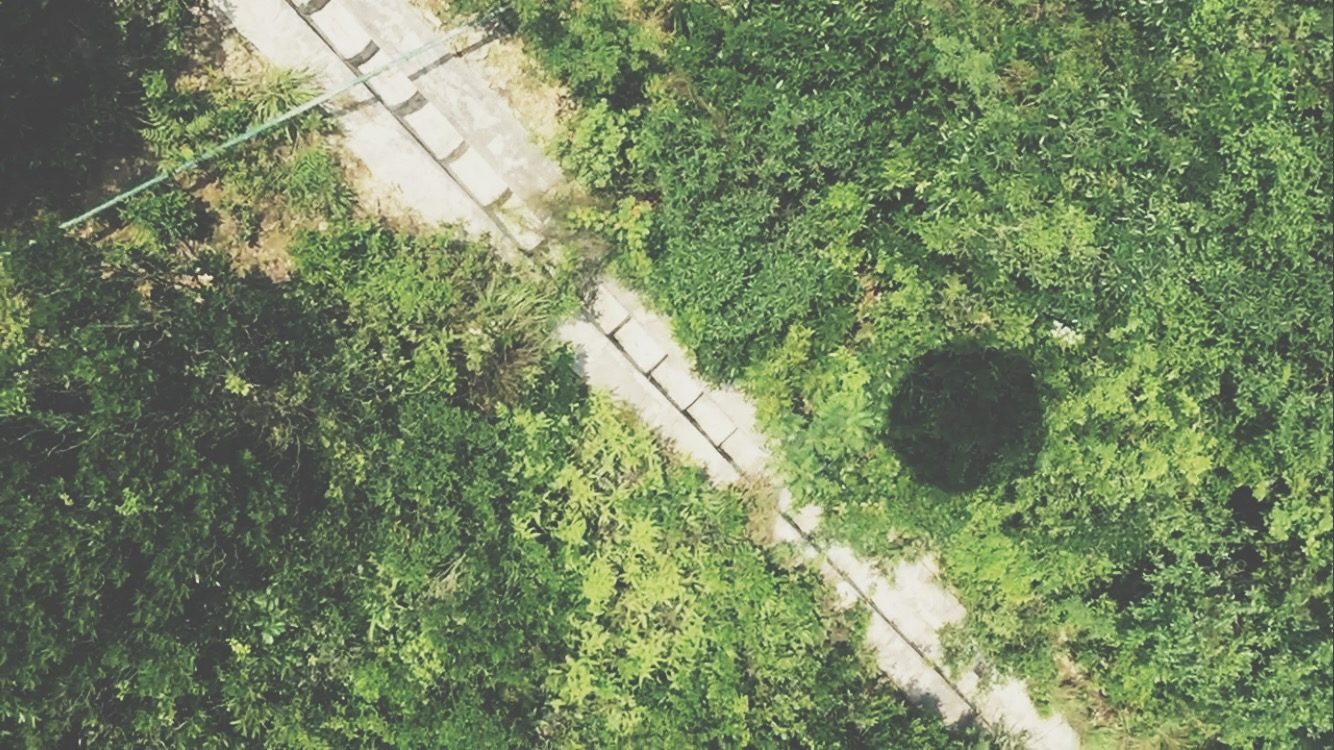The Social Art Award 2017
Can art change the world?
Under this question, the Institute for Art and Innovation e.V. had launched the first Social Art Award in 2017. Artists and cultural actors of all areas were invited to apply with their work to the field of social art. Artists from 131 countries responded with extraordinary works and projects.
On September 5, 2017, the three winners Lino Tonelotto from France, Quek Jia Qi from Singapore and Diogo da Cruz from Portugal were honored, and exhibited at WHITECONCEPTS Gallery in Berlin. They demonstrated with their politically engaged works that art can make current events visible and tangible. This is an important understanding for bringing forward the debate and thus a social change.
Learn more about it and get your copy of the Social Art Award Book (116 pages, English) featuring the Top50 artists.
To Order:
Printed Version (Softcover) – 25 EUR excl. delivery
E-Version – Free
See here the best entries:
you cannot climb mudan mountain (video still)
Moses Tan Qian Yi
[You cannot climb mudan mountain] is an installation work comprising of a video, a book and text on wall. The image submitted is a film still of the video work. With the help of a research award, I was able to travel to Beijing to extend my research on queer issues. My own research deals with two layers, the first are ideas of queer melancholia, understood from texts by Judith Butler, Sigmund Freud and Catriona Sandilands and the second is on the concept of poetic resistance which revolves around ideas of political resistance through poetic forms. With the research award, I was able to conduct field research in Beijing, which got me to look at ideas of corrective therapy for queer individuals in Beijing. With that, ideas of denial and rejection helped to enhance my understanding of queer melancholia as a result of denial of desires so as to fit into a heteronormative society. The inspiration of my research came as a result with the fascination of an archaic law that criminalises homosexuality in my own country and with that, sites that can be seen as extensions of melancholia. Through my research trip in Beijing, some of the methods of corrective therapy ranged from counselling to electroshock therapy and one of the methods used was to snap a rubber band on the wrist any time an ‘unwanted’ desire occurs. And also with cruising sites, I managed to survey two cruising sites which coincidentally had slopes where the cruising would normally occur. The work then is a translation of all these ideas where a fictional mountain (the name is formed from the two parks that were the cruising sites) and in that way, posing the mountain as a metaphor for the body. Also inspired by a text by Karen Bermann about spaces and also the peony flower which is an unofficial national flower of China, I was interested in the metaphorical nature of the peony flower (which in chinese is also mudan) which was then translated into a book where images of the sites were hidden. Amongst the work was also text written on the walls in hidden corners that were open to interpretation. On one end they could be read as sexual acts but also can be read as being arrested. The link to the video is as below: https://vimeo.com/183886741
[You cannot climb mudan mountain] is an installation work comprising of a video, a book and text on wall. The image submitted is a film still of the video work. With the help of a research award, I was able to travel to Beijing to extend my research on queer issues. My own research deals with two layers, the first are ideas of queer melancholia, understood from texts by Judith Butler, Sigmund Freud and Catriona Sandilands and the second is on the concept of poetic resistance which revolves around ideas of political resistance through poetic forms. With the research award, I was able to conduct field research in Beijing, which got me to look at ideas of corrective therapy for queer individuals in Beijing. With that, ideas of denial and rejection helped to enhance my understanding of queer melancholia as a result of denial of desires so as to fit into a heteronormative society. The inspiration of my research came as a result with the fascination of an archaic law that criminalises homosexuality in my own country and with that, sites that can be seen as extensions of melancholia. Through my research trip in Beijing, some of the methods of corrective therapy ranged from counselling to electroshock therapy and one of the methods used was to snap a rubber band on the wrist any time an ‘unwanted’ desire occurs. And also with cruising sites, I managed to survey two cruising sites which coincidentally had slopes where the cruising would normally occur. The work then is a translation of all these ideas where a fictional mountain (the name is formed from the two parks that were the cruising sites) and in that way, posing the mountain as a metaphor for the body. Also inspired by a text by Karen Bermann about spaces and also the peony flower which is an unofficial national flower of China, I was interested in the metaphorical nature of the peony flower (which in chinese is also mudan) which was then translated into a book where images of the sites were hidden. Amongst the work was also text written on the walls in hidden corners that were open to interpretation. On one end they could be read as sexual acts but also can be read as being arrested. The link to the video is as below: https://vimeo.com/183886741



